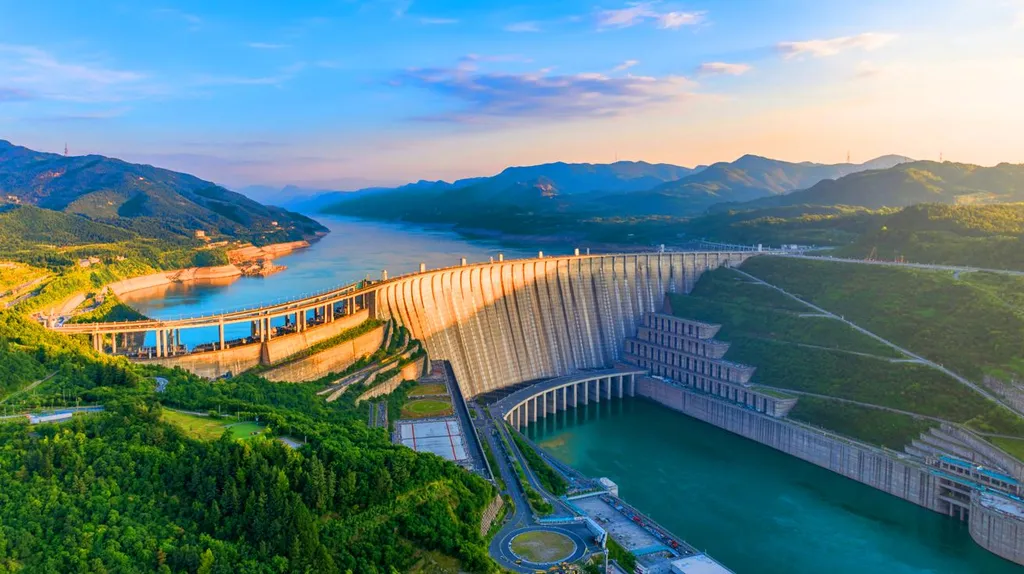In the high-stakes world of dam construction, where the safety of hydraulic engineering is paramount, a groundbreaking study led by Junling He from the College of Water Resources and Architectural Engineering at Northwest A&F University in China is set to revolutionize how we predict and manage high-speed aerated jet flows. Published in the *Journal of Engineering Applications of Computational Fluid Mechanics* (formerly known as *Engineering Applications of Computational Fluid Mechanics*), this research offers a novel approach to simulating the complex trajectories of aerated jet flows, a critical factor in ensuring the safety of high dams.
The study addresses a longstanding challenge in the field: accurately predicting the motion trajectory of aerated jet flows, which are subject to dramatic aeration and deformation. “Accurate prediction of the nappe trajectory is needed to help guarantee safety through downstream strategies,” He explains. The research introduces a compounding method that combines the strengths of traditional grid methods, which excel at simulating jet flow aeration characteristics, and meshless methods, which are adept at handling the hydraulic characteristics of broken droplets.
The proposed method was rigorously tested using data from a horizontal jet flow with six different initial velocities, ranging from 10 to 20 meters per second. The results were impressive, with simulated trajectory distances closely matching the measured data. The maximum error was less than 3.0%, a testament to the method’s accuracy when considering air resistance.
The study also shed light on the significant influence of air resistance on aerated jet trajectory patterns. It revealed that air resistance leads to a larger flow velocity in the jet center and a relatively smaller flow velocity at the upper and lower edges. Additionally, the thickness of the jet flow was found to increase significantly with increasing initial jet velocity.
The implications of this research for the energy sector are substantial. Accurate prediction of aerated jet trajectories is crucial for the safe and efficient operation of high dams, which are integral to hydroelectric power generation. By providing a more precise method for simulating these complex flows, this research can help engineers design more effective downstream strategies, ultimately enhancing the safety and reliability of hydraulic engineering projects.
As the world continues to grapple with the challenges of climate change and the need for sustainable energy sources, the insights gained from this research could not be more timely. “This study offers a promising approach to improving the safety and efficiency of high dams, which are vital for hydroelectric power generation,” He notes. By advancing our understanding of aerated jet flows, this research paves the way for future developments in the field, offering a glimpse into a future where hydraulic engineering is safer, more efficient, and better equipped to meet the energy needs of a changing world.

